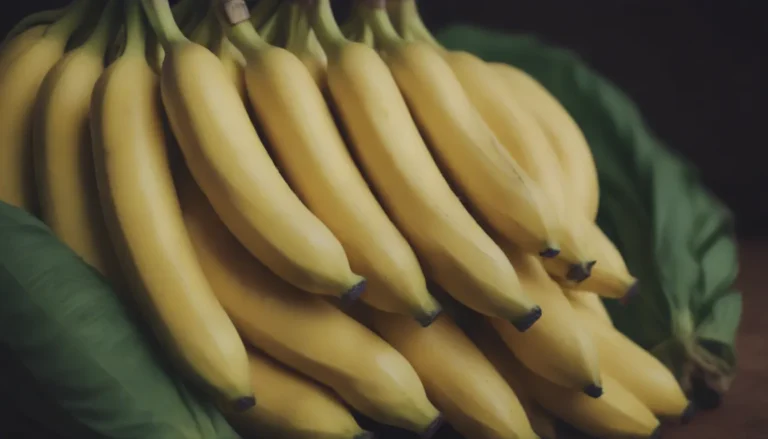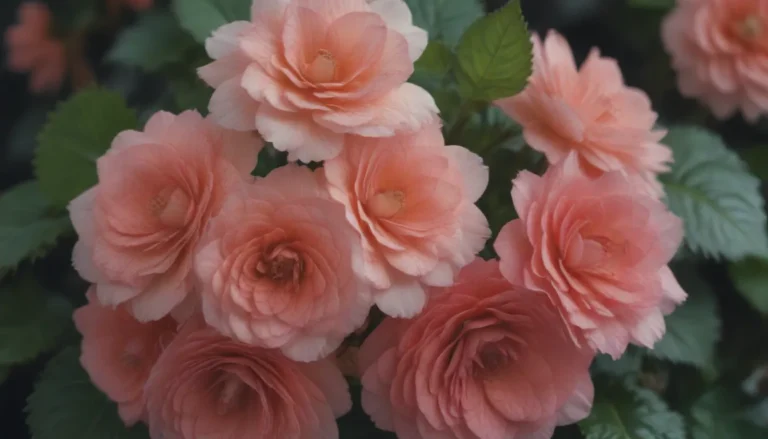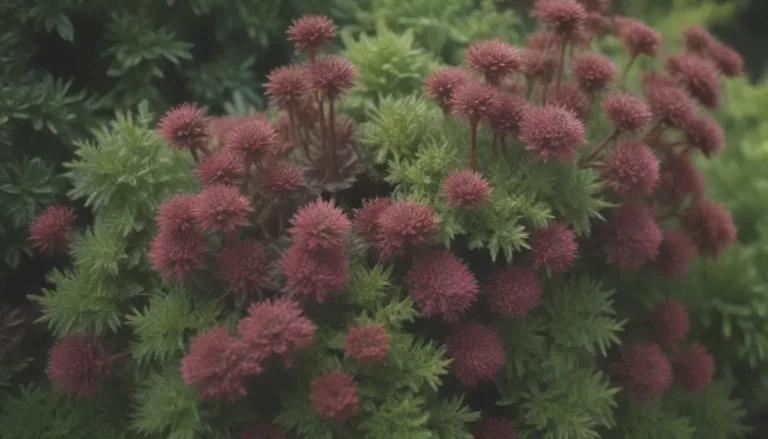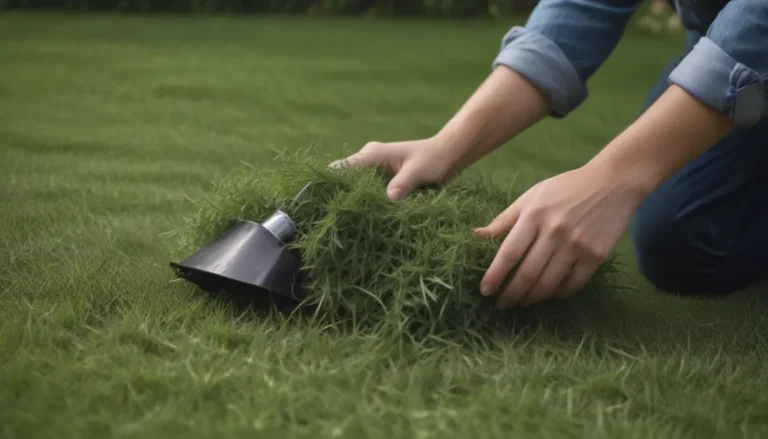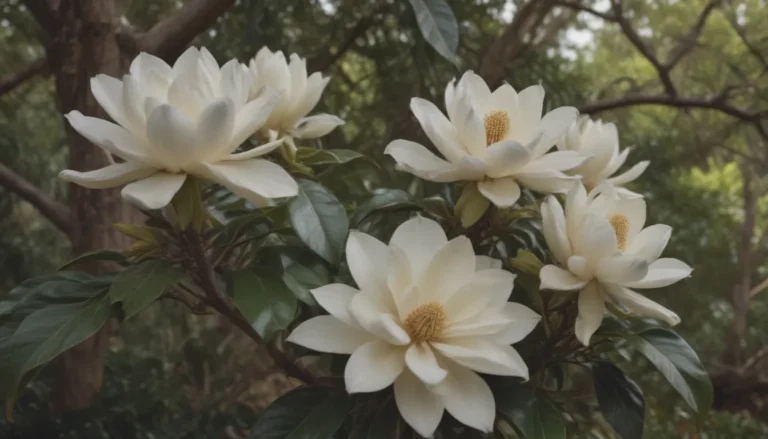Top 11 Strawberry Companion Plants for a Bountiful Harvest

Are you tired of pests ruining your strawberry plants? Looking for ways to enhance the growth and flavor of your berries? Companion planting might just be the solution for you! By strategically placing certain plants next to your strawberries, you can help deter pests, attract beneficial insects, and promote overall plant health.
What Is Companion Planting?
Companion planting is a gardening technique where different plant species are grown near each other to promote growth and deter pests. It’s a natural way to create a healthy ecosystem in your garden, ensuring that each plant benefits from its neighbors.
When it comes to strawberries, selecting the right companion plants can make all the difference in the growth and yield of your berries. Let’s explore the top 11 plants that are perfect companions for your strawberry patch.
1. Lettuce
- The compact size of lettuce makes it an ideal companion for strawberries.
- As leaf lettuces grow larger, they can act as a natural camouflage, hiding ripe berries from hungry birds.
2. Alliums (Chives, Leeks, Onions, Garlic)
- Members of the allium family, such as chives, leeks, onions, and garlic, are excellent companions for strawberries.
- These plants can help suppress fusarium wilt, a common fungus that affects strawberries.
- The strong odor of alliums acts as a natural repellent against slugs and aphids.
3. Spinach
- Similar to lettuce, spinach is a compact, cool-season plant that can help protect strawberries from predators.
- The saponins in spinach act as a natural repellent for garden pests.
4. Asparagus
- Strawberries and asparagus make a classic springtime pair in the garden.
- Both are perennial edibles with similar growing patterns, and they complement each other without competing for resources.
5. Dill
- The licorice scent of dill can distract insects from your strawberry plants, making it a great companion.
- When dill flowers, it attracts beneficial insects like hoverflies, which feed on aphids and other pests.
6. Sage
- The strong scent of sage can help mask the smell of berry plants, deterring insects and predators.
- Sage flowers also attract bees and other pollinators, enhancing the overall health of your garden.
7. Borage
- Borage is a prolific bloomer that attracts beneficial insects like parasitic wasps and hoverflies.
- The flowers of borage also provide food for pollinators, benefiting not just your strawberries but other garden crops as well.
8. Thyme
- Allowing thyme to flower is crucial for using it as a companion plant.
- Thyme flowers attract pollinators and beneficial insects like syrphid flies, which feed on aphids and other pests.
9. Catnip
- Catnip contains iridoids, natural insect-repelling chemicals that can deter common pests of strawberry plants.
- Planting catnip near your strawberries can help protect them from aphids and spider mites.
10. Yarrow
- Yarrow is a perennial ornamental plant that attracts beneficial pollinators while repelling critters with its strong scent.
- This dual-purpose plant can help maintain a healthy balance in your garden ecosystem.
11. Marigolds
- Marigolds are popular for their natural pest-repelling properties and are great companions for strawberries.
- French marigold varieties produce a substance toxic to root-knot nematodes, making them effective trap crops for nematode control.
Plants to Avoid Growing Near Strawberries
While the right companion plants can enhance the growth and health of your strawberries, some plants can have adverse effects when grown together. Here are 10 plants to avoid planting near your strawberry patch:
- Tomatoes: Can compete with strawberries for nutrients and water.
- Eggplant: May attract common pests that also target strawberries.
- Potatoes: Can spread diseases to strawberries and compete for resources.
- Peppers: May attract similar pests and diseases as strawberries.
- Melons: Compete for resources and space with strawberry plants.
- Winter squash: Can overcrowd strawberries and inhibit their growth.
- Cucumber: May attract pests and diseases that can affect strawberries.
- Mint: Can be invasive and overtake strawberry plants.
- Okra: Competes for nutrients and space with strawberries.
- Cruciferous vegetables: Can release compounds that inhibit the growth of strawberries.
By carefully selecting companion plants for your strawberries and avoiding harmful neighbors, you can create a thriving garden ecosystem that promotes healthy growth and abundant harvests. Experiment with different combinations of plants to find the perfect companions for your strawberry patch and enjoy a bountiful harvest year after year. Happy gardening!

